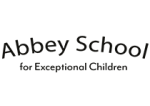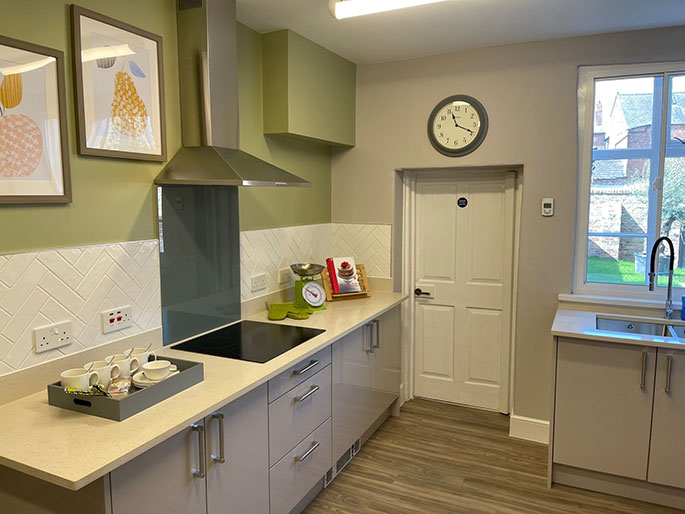Abbey School for Exceptional Children is an independent day and residential provision in the heart of Chester.
Being centrally located means it is in easy reach of shops and local businesses, as well as many popular community-based leisure and recreation facilities.
The school is a purposefully restored 250-year-old grade II* heritage-listed building with ample room for a full range of educational activity.
There are four fully renovated mews houses nearby, providing accommodation and support for up to 30 children and young people requiring a residential placement.
The houses are close to, but separate from, the school so that pupils have a sense of a home life distinct from school.
Design and restoration
A firm of autism-specialist architectural technologists was commissioned to work in collaboration closely with senior school staff on designing the school building and managing its restoration.
The same team worked on renovating accommodation for pupils taking the residential option.
The overarching aim of the design brief was to provide a setting that would stimulate pupil learning, development and growth and minimise the risk of evoking behaviour of concern.
Restoration of the residential accommodation was to provide a suite of safe and comfortable living spaces that the children could enjoy and be actively involved in running.
The team drew on evidence from a range of sources for the design, furnishing and equipping of both the school and the houses.
The result is a modern, state-of-the art school with many of its original features retained to preserve the building’s heritage and architectural beauty. The school is comfortable, attractive and functional.
Teaching spaces
There are plenty of teaching spaces and topic rooms, as well as circulation areas that are both spacious and intuitive.
Décor and acoustics are designed with autism sensitivities in mind, while temperature and air quality are carefully managed via a ceiling raft in each room.
This state-of-the-art heating and ventilation air-exchange system ensures classroom air is always fresh and pure. Avoiding the build-up of carbon monoxide prevents fatigue, enabling pupils and staff to focus unimpeded on creating and engaging in learning opportunities throughout the day. Also incorporated in the ceiling raft are flexible lighting and surveillance technologies.
Digital whiteboards are seamlessly integrated into classroom spaces, while other technologies securely manage access to and monitoring of the school premises.
Outdoors
Outdoor spaces are attractive and functional, with garden and play areas providing ample scope for exercise and play, as well as pre-vocational activities such as gardening and maintenance.
The nearby residential accommodation is homely and domestic in its scale and design. The houses are furnished and equipped so that children and young people can be involved with staff support in learning essential new skills according to their age and developmental ability.
The accommodation is high quality, robust, and equipped throughout to a very high standard.
Connecting the physical environment with the learning and support environment
The purpose behind the design brief was to create a physical environment that would actively promote pupil engagement and learning – and would not interfere in any way with delivering the curriculum or jeopardise the happiness and wellbeing of pupils and staff.
The quality of the physical environment is a necessary, but not sufficient, condition for meeting this aim. High-quality physical environments reinforce high expectations and highly ambitious goal setting. Pupils for whom learning is a challenge clearly deserve and should expect a high standard of accommodation and resource.
Carefully crafted work on design has created environments that are safe, comfortable and attractive, and that actively engage children and young people in fully living their lives.
Whole-school approach
Abbey School’s principal, Dr Katy Lee, said: “We have established a whole-school approach to learning that’s based on the latest special education research and knowledge. Indeed, this is a field we are actively working to advance through our alliances with two leading universities in the UK.
“This understanding is put into effect on a daily basis at Abbey School by a highly trained, multi-disciplinary team that develops each pupil based on their specific needs and the individual support they require.”
Dr Katy Lee explained: “The sensory aspects of autism can mean that the physical environment plays a role in how relaxed and comfortable a child is while at school. Acoustics, lighting, air quality, signage, circulation areas must be considered, as well as very small details such as the screws in a light switch. Abbey School has been designed with all of this in mind to ensure that the surroundings provide a calm and comfortable space.”
Find out more
To find out more about Abbey School, its holistic approach to supportive learning and the admissions process, book onto a virtual open day by visiting: www.abbeyschool.com.






















